Key Highlights
- 6.39 crore citizens trained under PMGDISHA scheme, surpassing the 6 crore target by March 2024
- Kerala becomes India’s first fully digitally literate state with 99.98% training success rate
- Only 12% of Indians over 15 years possess computer literacy skills, revealing massive skill gaps
- 2.14 lakh gram panchayats connected through BharatNet, bridging rural connectivity divide
- Digital economy contributes 11.74% to GDP in 2022-23, projected to reach 13.42% by 2024-25
India’s Digital Awakening: A Tale of Two Realities
India stands at a fascinating crossroads where digital transformation meets traditional challenges. While the country celebrates connecting over 2.14 lakh gram panchayats through BharatNet and training 6.39 crore rural citizens in digital skills, a deeper examination reveals a complex narrative of progress shadowed by persistent gaps. wirecable.in
The digital economy’s contribution has grown substantially, reaching 11.74% of GDP in 2022-23, yet only 38% of households possess digital literacy. This paradox defines India’s current digital landscape – impressive infrastructure development coupled with significant human capacity challenges. pib
The PMGDISHA Success Story
The Pradhan Mantri Gramin Digital Saksharta Abhiyan (PMGDISHA) represents one of India’s most ambitious digital literacy endeavors. Officially concluded on March 31, 2024, the scheme achieved remarkable milestones that deserve recognition. meity.gov
Performance Metrics:
- 7.35 crore enrollments against a target of 6 crore rural households
- 6.39 crore successfully trained individuals across rural India
- 4.78 crore certified participants demonstrating practical digital skills
- ₹1,903.92 crore released for comprehensive implementation
State-wise Impact: Uttar Pradesh led with 1.45 crore beneficiaries, followed by Bihar (74.12 lakh) and Maharashtra (53.23 lakh). This geographic distribution highlights the scheme’s nationwide reach while revealing regional implementation variations.
Beyond Numbers: The initiative trained 1.74 lakh Anganwadi workers, 54,329 ASHA workers, and 12,154 authorized ration dealers, creating a multiplier effect where trained community workers become digital literacy ambassadors in their localities.
Kerala’s Digital Revolution: A Model Worth Replicating
Kerala’s achievement as India’s first fully digitally literate state provides a compelling case study in community-driven digital transformation. The Digi Kerala initiative emerged from a grassroots problem-solving approach that began in Pullampara panchayat. kerala.gov
The Pullampara Model:
Starting with a simple observation – daily wage workers losing income while queuing at banks to check balances – the initiative trained 3,300 of 3,917 identified digitally illiterate residents, achieving 96.18% success.
Scaling Success:
- 21.87 lakh people identified as digitally illiterate were trained statewide
- 99.98% success rate in evaluations, including a 104-year-old participant
- 2,57,000 volunteers deployed through local self-government bodies
- 15 activities across 3 modules covering essential digital tasks
Unique Approach: Unlike national programs focusing on computer literacy, Kerala prioritized smartphone-centric training, recognizing mobile devices as the primary gateway to digital services for rural populations.
The Digital Infrastructure Foundation: BharatNet’s Ambitious Reach
BharatNet, described as the world’s largest rural broadband connectivity program, forms the backbone of India’s digital literacy ambitions. The project’s scope and challenges illuminate both achievements and ongoing obstacles.
Infrastructure Achievements:
- 2.14 lakh gram panchayats connected against a target of 2.22 lakh in Phases I and II
- 6.92 lakh kilometers of optical fiber cable laid
- 11.60 lakh FTTH connections commissioned
- 1.04 lakh Wi-Fi hotspots installed for last-mile connectivity
Affordability Factor: Broadband services starting at ₹99 per month in rural areas demonstrate commitment to accessible pricing, though adoption rates remain variable across different regions.
Implementation Challenges: The project faces technical difficulties, geographical constraints, and operational sustainability issues, highlighting the complexity of connecting India’s diverse rural landscape.
The Persistent Digital Divide: Understanding the Gaps
Despite infrastructure investments and training programs, India’s digital divide remains stark and multifaceted. Recent studies reveal concerning disparities that threaten inclusive growth ambitions.
Skill Disparities:
- Only 12% of Indians over 15 possess computer literacy skills
- 15.6% can send emails with attachments
- Merely 1.4% can write computer programs using specialized languages
Geographic Inequalities:
- Urban vs. Rural internet access: 67% versus 37%
- Digital literacy rates: 61% urban compared to 25% rural
- Computer file management skills: 39.5% urban versus 18.1% rural
Gender Gap Challenges:
Women, particularly in rural areas, face restricted access to digital tools due to socio-cultural barriers. This gender dimension requires targeted interventions beyond general digital literacy programs.
Education Technology Revolution: DIKSHA and Beyond
The DIKSHA (Digital Infrastructure for Knowledge Sharing) platform represents India’s attempt to create a unified digital education ecosystem. Understanding its usage patterns reveals both potential and limitations.
Platform Statistics:
- Andhra Pradesh ranks third nationally with 90 lakh learning sessions
- Rajasthan leads with 1 crore sessions, followed by Uttar Pradesh (95 lakh)
- Teachers show higher engagement than students, with 87% registration rates versus 72% student registration
Usage Patterns:
Students primarily use DIKSHA for assessment aid (97%), question banks and exam preparation (99%), and practice homework (99%). Teachers utilize it for content development and improving teaching methods.
Challenges Identified:
- Internet speed interruptions affecting rural access
- Technical skills gaps among educators
- Uneven engagement between urban and rural users
- Limited daily usage among students compared to teachers
Cybersecurity: The Hidden Challenge in Digital Literacy
As digital adoption accelerates, cybersecurity emerges as a critical yet underaddressed component of digital literacy. India’s cybersecurity landscape presents alarming statistics that demand immediate attention.
Threat Landscape:
- 761 cyber threat detections per minute making India the second most-affected country globally
- 175% increase in phishing attacks on financial sector in 2024
- Data breach costs rising from USD 1.22 million (2023) to USD 1.36 million (2024)
Vulnerability Factors:
- Only 38% household digital literacy creates massive vulnerable populations
- 70-80% mobile penetration without corresponding digital safety awareness
- Lack of cybersecurity education in mainstream digital literacy programs
Critical Gaps: Current digital literacy initiatives focus primarily on basic digital skills while cybersecurity awareness remains largely absent from training curricula.
Policy Integration: NEP 2020 and Digital Learning
The National Education Policy (NEP) 2020 envisions comprehensive digital integration in education, though implementation faces significant challenges.
NEP 2020 Digital Priorities:
- 100% digital readiness in schools by 2025
- PM e-Vidya initiative covering 25 crore students through multi-modal digital delivery
- National Educational Technology Forum (NETF) for stakeholder collaboration
- Teacher training programs in educational technology integration
Implementation Reality:
- Only 50% of schools have ICT access
- 54% lack internet connectivity
- Teacher digital competence remains insufficient for effective technology integration
SDG 4 Alignment: Quality Education Through Digital Means
India’s digital literacy efforts directly support Sustainable Development Goal 4 (Quality Education), though progress remains uneven across different dimensions.
Positive Contributions:
- Universal access to educational resources through digital platforms
- Personalized learning opportunities via technology-enabled solutions
- Inclusive education for marginalized communities through digital tools
Persistent Challenges:
- Quality versus quantity debates continue as enrollment increases without corresponding learning outcomes
- Digital divide perpetuates educational inequalities between urban and rural areas
- Infrastructure limitations constrain effective digital education delivery
Future Roadmap: Strategic Recommendations
Based on current progress and persistent challenges, India requires a multi-pronged approach to achieve comprehensive digital literacy.
Infrastructure Strengthening:
- Accelerate BharatNet Phase-III with enhanced focus on operational sustainability
- Update broadband standards to global benchmarks (25+ Mbps versus current 2 Mbps definition)
- Incentivize private sector investments in rural connectivity infrastructure
Capacity Building:
- Mandatory digital literacy integration in school curricula from early grades
- Continuous professional development for teachers in digital pedagogy
- Multilingual, culturally relevant content development for diverse communities
Cybersecurity Integration:
- Embed cybersecurity awareness in all digital literacy programs
- Launch targeted campaigns on digital citizenship and online safety
- Develop cyber hygiene modules for different age groups and skill levels
Way Forward: Building an Inclusive Digital Society
India’s digital literacy journey reflects broader development challenges – impressive scale achievements accompanied by persistent inequality gaps. The success of initiatives like PMGDISHA and Kerala’s Digi Kerala demonstrates what’s possible with dedicated implementation and community engagement.
However, achieving universal digital literacy requires addressing fundamental issues: infrastructure quality, skill development depth, and cybersecurity awareness. The digital economy’s projected 20% GDP contribution by 2029-30 makes this transition not just desirable but essential for national competitiveness.
Critical Success Factors:
- Community-driven approaches like Kerala’s volunteer model
- Smartphone-centric training reflecting ground realities
- Integrated policy implementation across multiple government schemes
- Continuous monitoring and adaptation based on real-world feedback
The path ahead demands sustained commitment, innovative approaches, and recognition that digital literacy extends far beyond basic device operation to encompass critical thinking, cybersecurity awareness, and responsible digital citizenship.

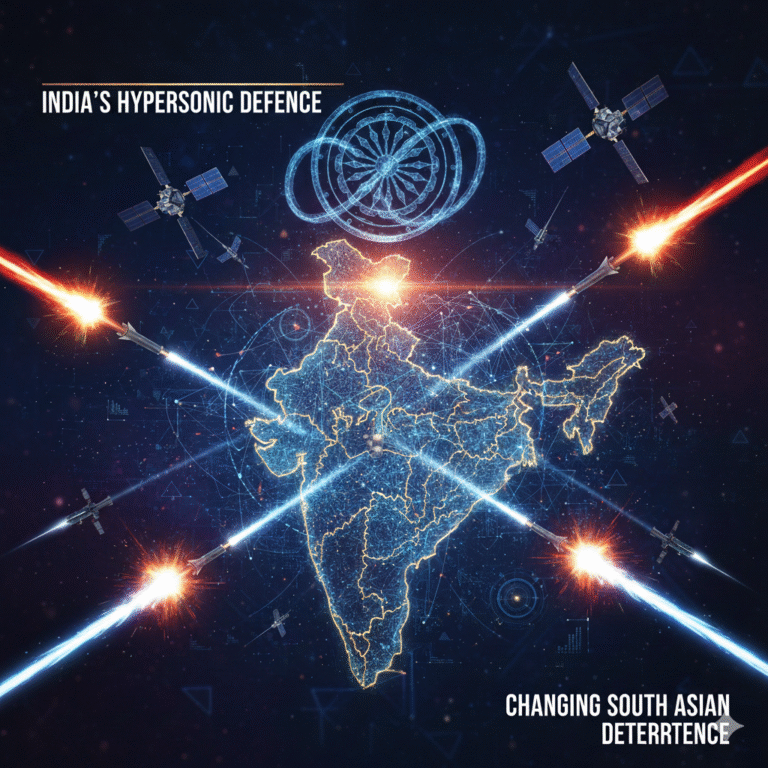
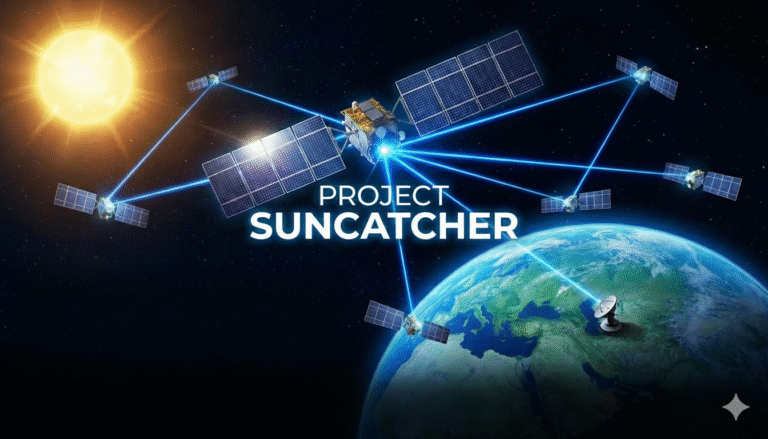
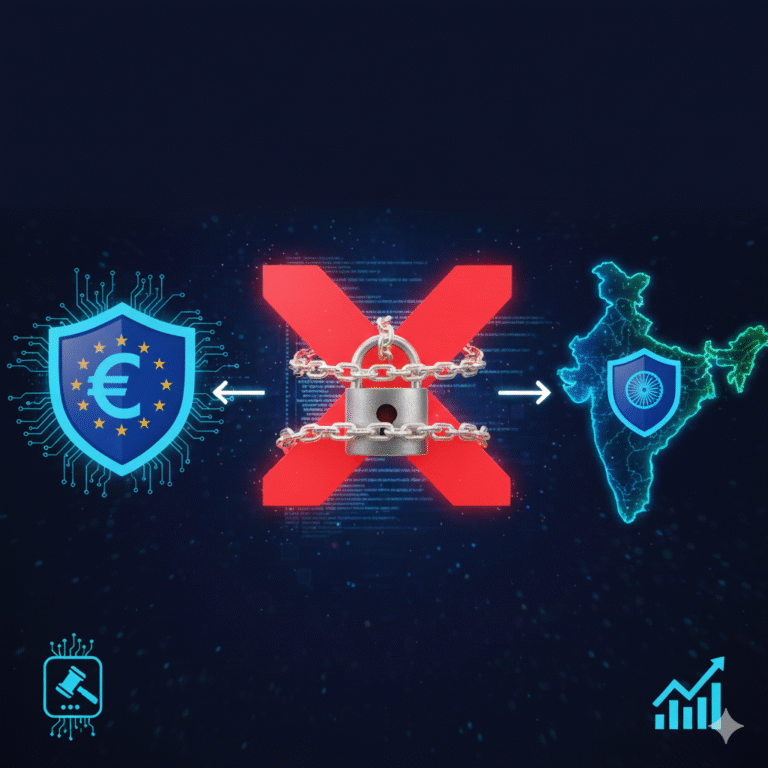

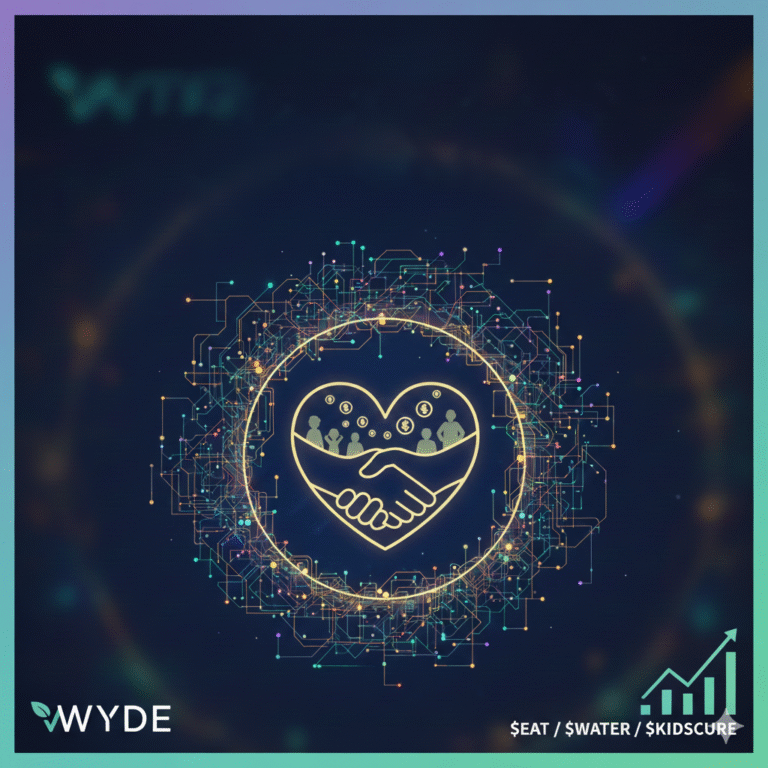

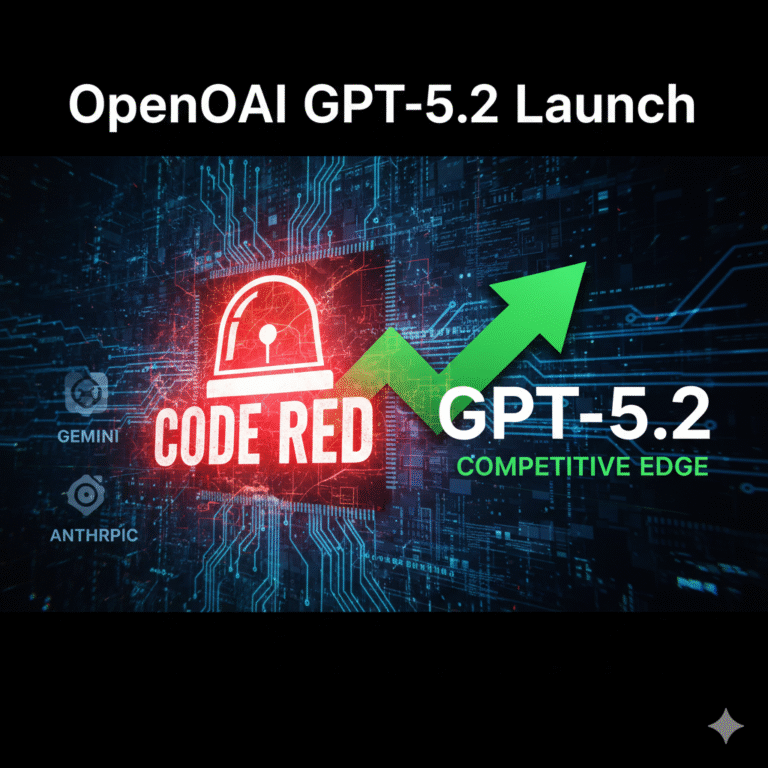
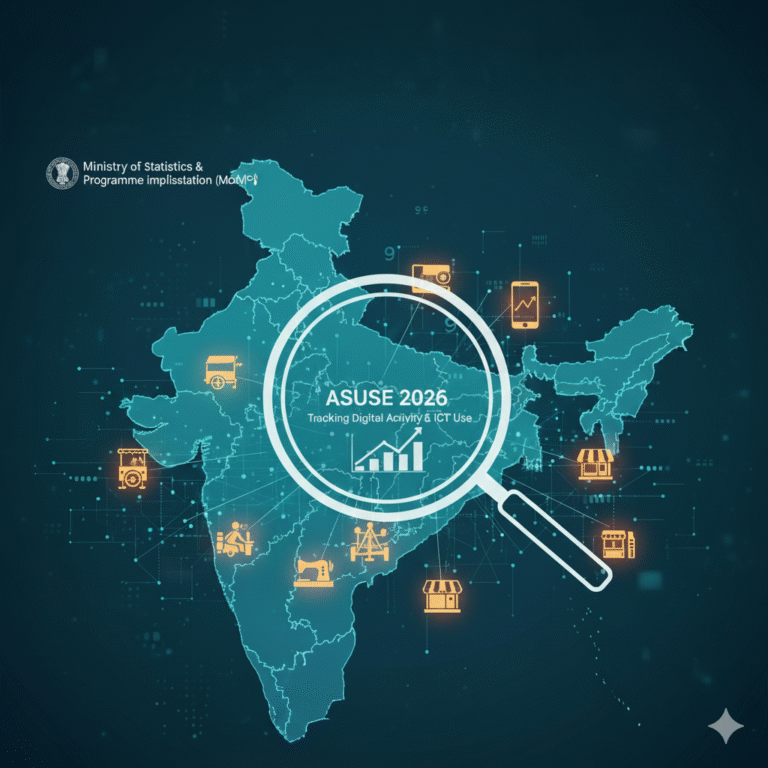
+ There are no comments
Add yours